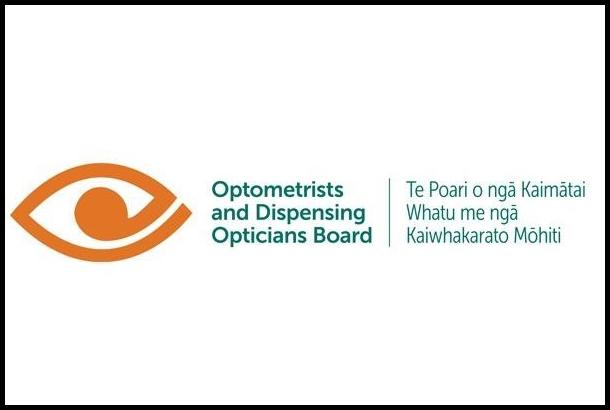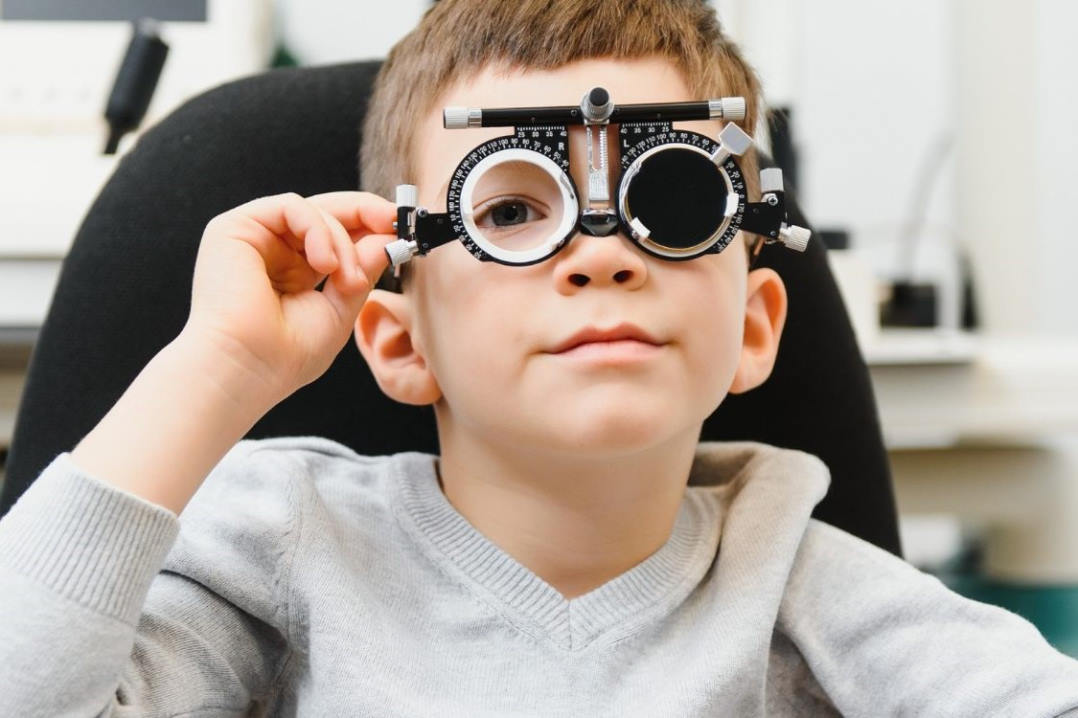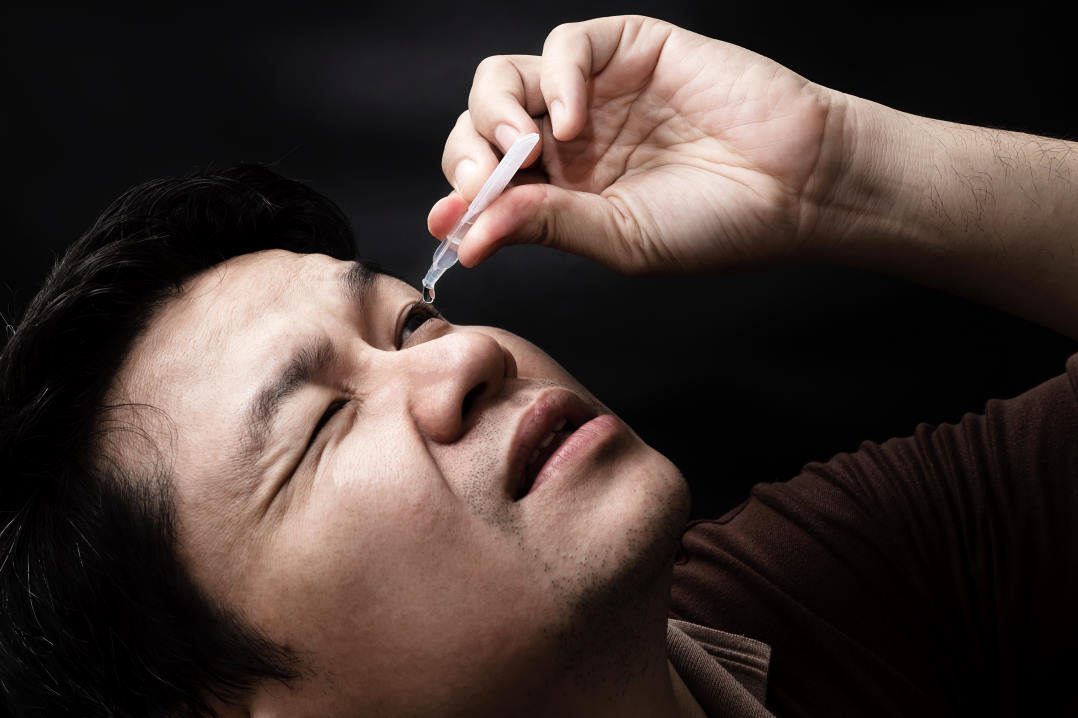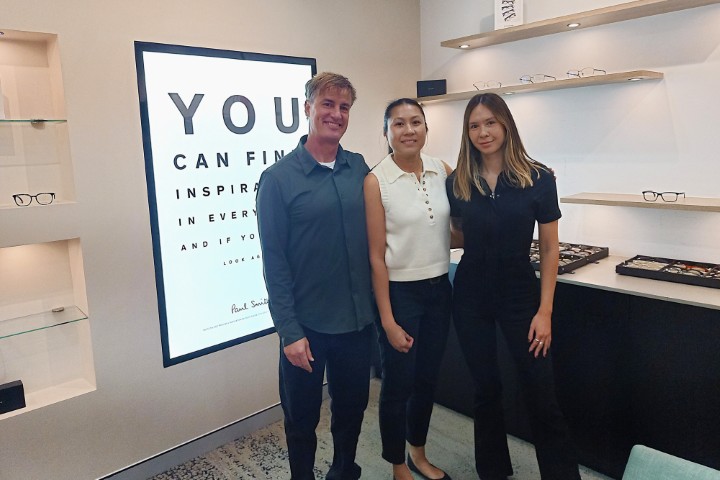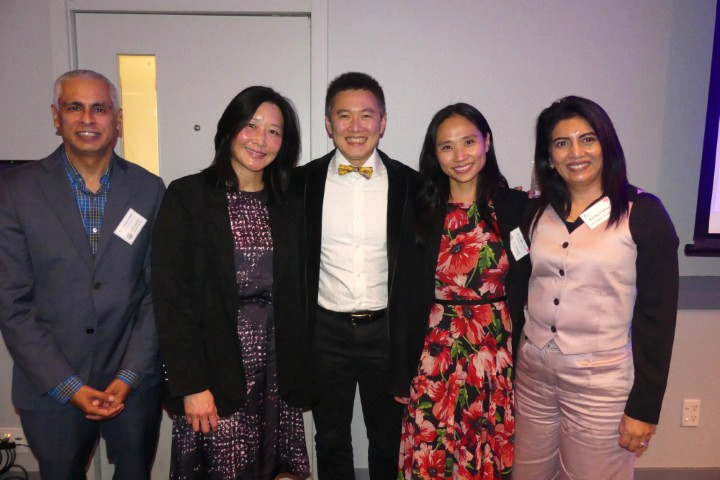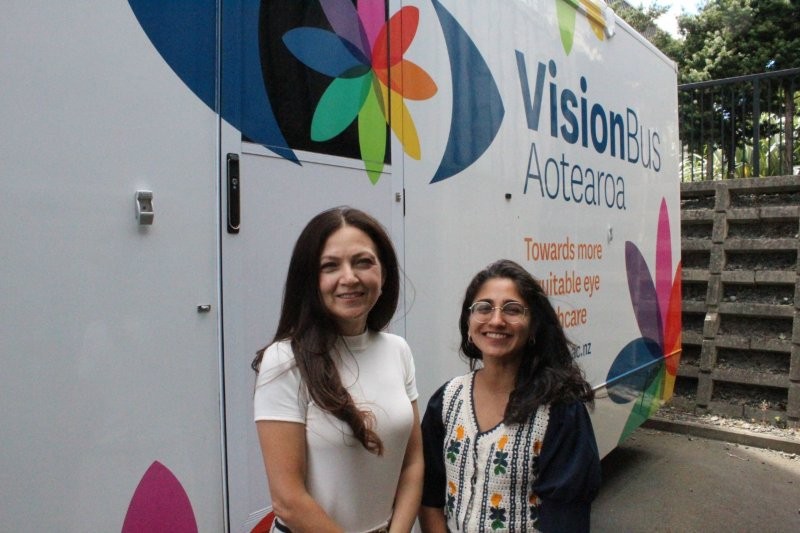Co-management pearls on Tote
Auckland’s Tote on Ascot, once home to the world’s first automatic totalisator machine (a device for adding up bets, invented by New Zealander George Julius), was packed to the rafters when Re:Vision’s red-shoe brigade hosted its annual co-management conference. About 200 optometrists enjoyed breakfast, lunch and co-management clinical pearls, making the odds for positive outcomes on this Sunday morning particularly favourable.
Angles and flow
First up, Eye Surgery Associates’ Dr Hussain Patel discussed issues with lasering all narrow angles, a practice he said is not evidence-based, includes risks, is stressful for patients and has capacity and cost-effectiveness issues. Two glaucoma studies, The Zhongshan angle-closure prevention (ZAP) study and the Singapore asymptomatic narrow angle laser iridotomy study, found limited benefit of YAG iridotomy in preventing angle closure. Hence, Dr Patel suggested, some fine tuning is required, with monitoring presented as a reasonable option for primary angle-closure suspects (PACS). Conversely, selective laser trabeculoplasty (SLT) should be given more consideration as a treatment option for glaucoma patients as it has shown greater efficacy in controlling progression and preventing glaucoma surgery, compared to drops, as shown in the ‘Laser in glaucoma and ocular hypertension (LiGHT) trial’, he said.


Ming Wang and Dr Hussain Patel and (right) Dr Divya Perumal with Sandhya Mathew, Siyin Wang and Alphy Sunny
Moving to the latest development in glaucoma, Dr Divya Perumal examined interventional glaucoma (IG) and how it’s reshaping glaucoma management. Founded on the four pillars of early predictive diagnostics, advanced active monitoring, early procedure intervention and addressing adherence and risk, IG brings a proactive approach to glaucoma management, she said. Candidates for minimally invasive glaucoma surgery (MIGS) are patients with mild (25%) to moderate (52%) glaucoma and glaucoma patients with cataracts (22.3%) who want to get off medication, have poor medication compliance/are medication intolerant, are challenged in attending regular follow-ups or want to avoid more invasive procedures. Long-term outcomes include a significant pressure drop and less drop dependency. Importantly, MIGS is a safe operation but not a one-off operation and does require lifelong monitoring and management, she said, making these patients excellent candidates for co-management.
City Eye Specialists’ Dr Clairton de Souza tackled the globally increasing prevalence of diabetic retinopathy (DR) and its management. With early detection and timely management crucial to preventing severe vision loss, functional assessment tests – including using the new portable Reteval device and visual electrophysiology to detect functional stress in anticipation of structural damage – could contribute to earlier detection of DR and help identify higher risk patients requiring surgery, he said.
Cataract surgery and corneal challenges
Dr Mo Ziaei covered the complex scenario of keratoconus patients requiring cataract surgery, which typically occurs at a younger age compared to the general population. Not only can the procedure lead to a progression of the pre-existing disease but corneal disease can also impact pre-operative tests and potential surgical techniques, he said. Good outcomes are achievable but require careful planning (including IOL calculations, IOL choice and surgical technique) and extensive pre-operative investigations. The patient will also require additional chair time to understand the complexity of their condition and have a realistic expectation of outcomes, including the longer visual recovery period.


Red shoes' competition winner Angela Garner with Drs Clairton de Souza and Mo Ziaei and (right) Sophia Tan and Lilian Zhang with Dr Trevor Gray
Another challenging group for cataract surgery is patients who have had prior laser vision correction. Early LASIK patients were early adopters with high expectations of outcomes, he explained. So, while good visual outcomes are possible, these patients are more likely to request refractive retreatment to fine-tune outcomes and will require more chair time, he said. Prior records of BCVA pre-surgery are really helpful if available, he added.
Happy patients
Ultimately, everyone wants happy patients and implantable contact lenses (ICLs) is one option that creates just that with post-operation vision usually better than pre-op BSCVA, said Dr Trevor Gray. These patients are often young (suitable candidates include +10.0D to -20.0D and astigmatism up to 6.00D) and they constantly worry about losing a contact lens. Post-op, night-halos are common but improve over time and can be managed with Alphagan drops. Dr Gray recommended optometrists watch for IOP changes (approximately 15-30% of cases are steroid responders, with a rapid taper of steroid recommended and considered safe). Dilating is 100% safe, he said.
Once implanted, ICLs continue to do their job for decades and many patients like the idea that the procedure is reversible, said Dr Gray, adding these patients don’t require a lot of maintenance, just an eye check every one to two years.


Dr Simon Dean, Vincent Djajana, Joon Lee and Joseph Hone and (right) Cliff Harrison, Brian Appleyard and David Haydon with Re:Vision’s Jennifer Silvester
Continuing the theme of happy patients, Dr Simon Dean said when it comes to lens choice for cataract surgery, there’s no magic bullet and the best IOL choice is the one offering the best compromise for the individual patient. The best solution will avoid rolling two compromises into one (watching out for eye pathology while choosing an IOL best suited to visual demands) while optimising the system to reduce the effects of the compromise (correct even small amounts of astigmatism in the distance eye and target any near vision for the patient’s intended purpose). Importantly, education about compromises is important, including the reinforcement of glasses still being helpful for many patients post-cataract surgery. Ultimately, it’s a team effort and managing expectations is key to happy patients, said Dr Dean.
Eyes and Eyelids’ Dr Paul Rosser shared images demonstrating the impressive results of different flap techniques after Mohs surgery for removal of periocular lesions, while his colleague Dr Jo Sims covered the use of OCT in diagnosis and monitoring of uveitis and medical retina problems.
Rounding off with a lively Q&A session before lunch, the Re:Vision team and guests did a spectacular job of covering a lot of topics in one morning, thanks to some impeccable timekeeping!













